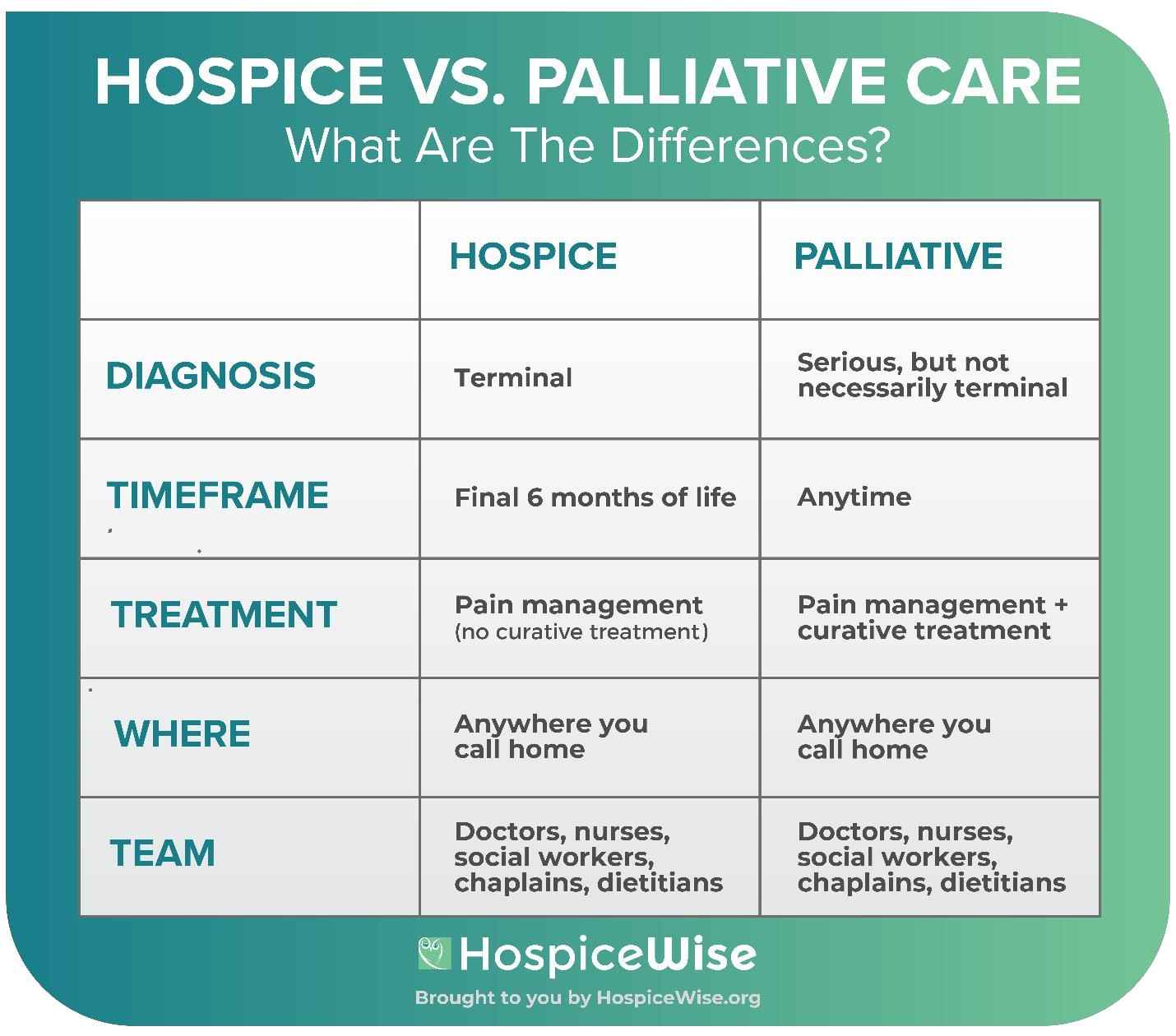A nurse is planning care for a client who is undergoing brachytherapy with a low-dose radiation implant for treatment of prostate cancer.
Which of the following interventions should the nurse include in the client's plan of care?
Limit each of the client's visitors to 2 hr per day.
Instruct visitors to stay 1 m (3.3 feet) away from the client.
Attach a dosimeter to the client's gown.
Strain the client's urine.
The Correct Answer is B
A. "Limit each of the client's visitors to 2 hr per day."
This is incorrect. While visitors should have their exposure limited, the recommended duration is typically much shorter (around 30 minutes to 1 hour), not 2 hours. This is to reduce radiation exposure.
B. "Instruct visitors to stay 1 m (3.3 feet) away from the client."
This is correct. For clients undergoing brachytherapy with a low-dose radiation implant, visitors should maintain a safe distance, usually at least 6 feet (1.8 meters), but some guidelines may state a minimum of 3.3 feet (1 meter) for safety, depending on the specific radiation dose and facility protocols.
C. "Attach a dosimeter to the client's gown."
This is incorrect. Dosimeters are generally worn by healthcare providers, not the patient. The primary purpose is to measure the radiation exposure of healthcare workers, not the patient.
D. "Strain the client's urine."
This is incorrect. Straining urine is not necessary for a patient undergoing brachytherapy. However, it may be important to monitor the urine for signs of radiation leakage, but straining is not a routine part of care.
Nursing Test Bank
Naxlex Comprehensive Predictor Exams
Related Questions
Correct Answer is A
Explanation

Hospice care includes bereavement support for the family for up to a year after the client's death.
- B is incorrect because the hospice nurse does not administer pain medication, but rather teaches the family how to manage the client's pain at home.
- C is incorrect because respite care is one of the services that hospice provides to allow the family to take a break from caregiving.
- D is incorrect because hospice care does not aim to prolong life, but rather to provide comfort and quality of life for the client and the family.
Correct Answer is A
Explanation
A is correct because ginger tea is an herbal remedy that has been shown to reduce nausea and vomiting in pregnancy.
B is incorrect because ginger tea does not have any effect on breast tenderness, which is a common symptom of pregnancy caused by hormonal changes.
C is incorrect because ginger tea does not have any effect on headaches, which can be caused by various factors such as dehydration, stress, or caffeine withdrawal in pregnancy.
D is incorrect because ginger tea does not have any effect on urinary frequency, which is a common symptom of pregnancy caused by increased blood volume and pressure on the bladder.
Whether you are a student looking to ace your exams or a practicing nurse seeking to enhance your expertise , our nursing education contents will empower you with the confidence and competence to make a difference in the lives of patients and become a respected leader in the healthcare field.
Visit Naxlex, invest in your future and unlock endless possibilities with our unparalleled nursing education contents today
Report Wrong Answer on the Current Question
Do you disagree with the answer? If yes, what is your expected answer? Explain.
Kindly be descriptive with the issue you are facing.
